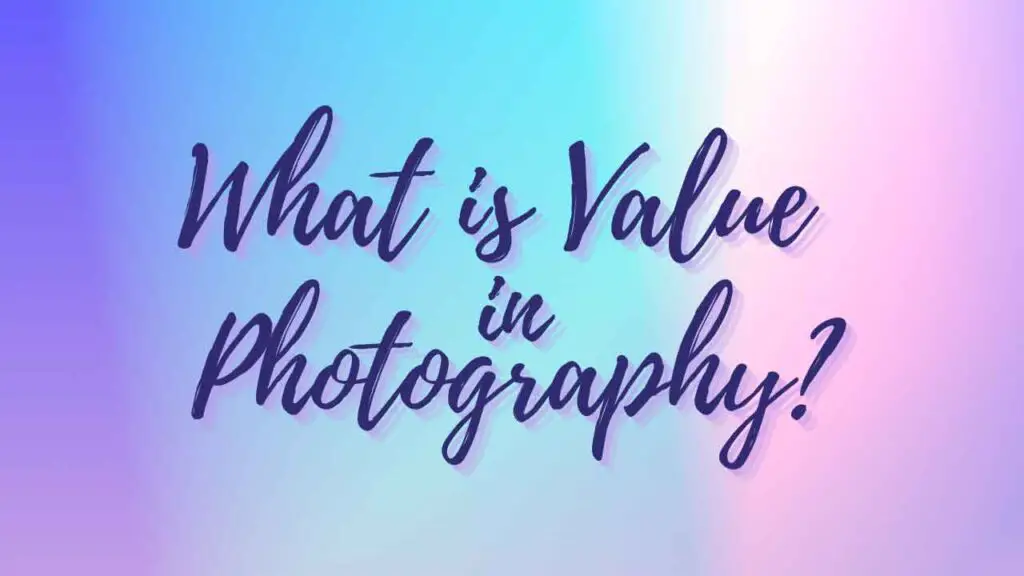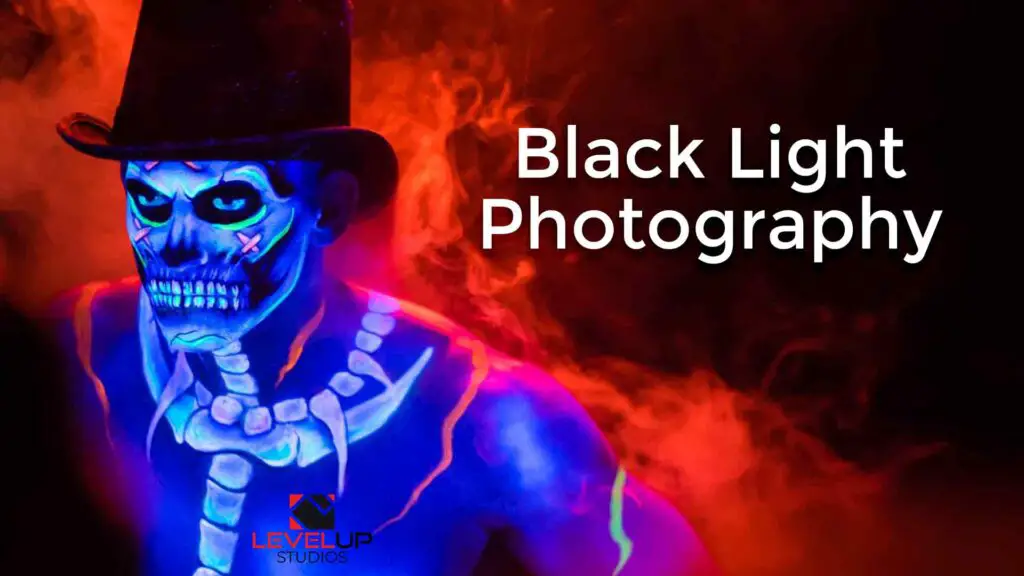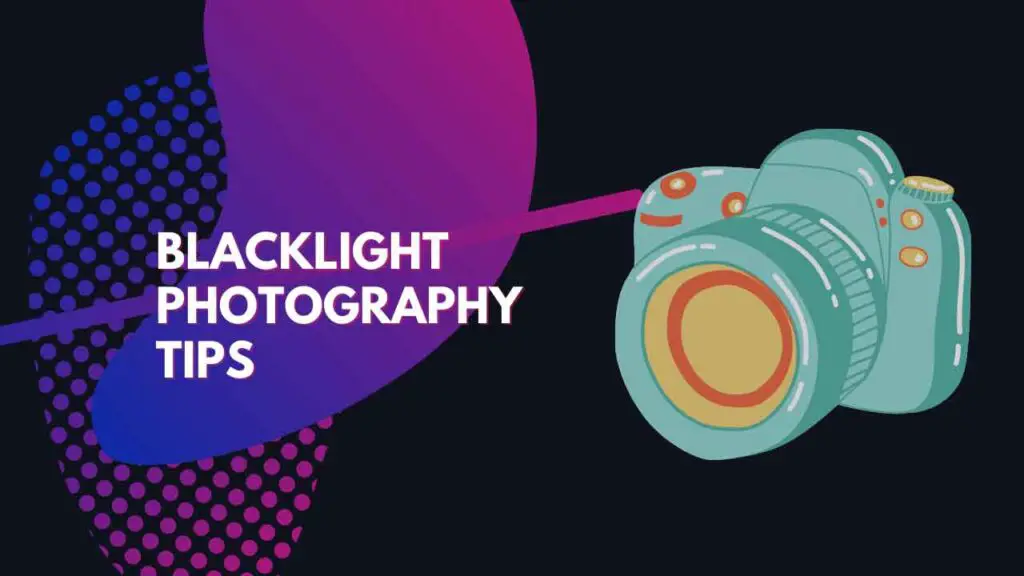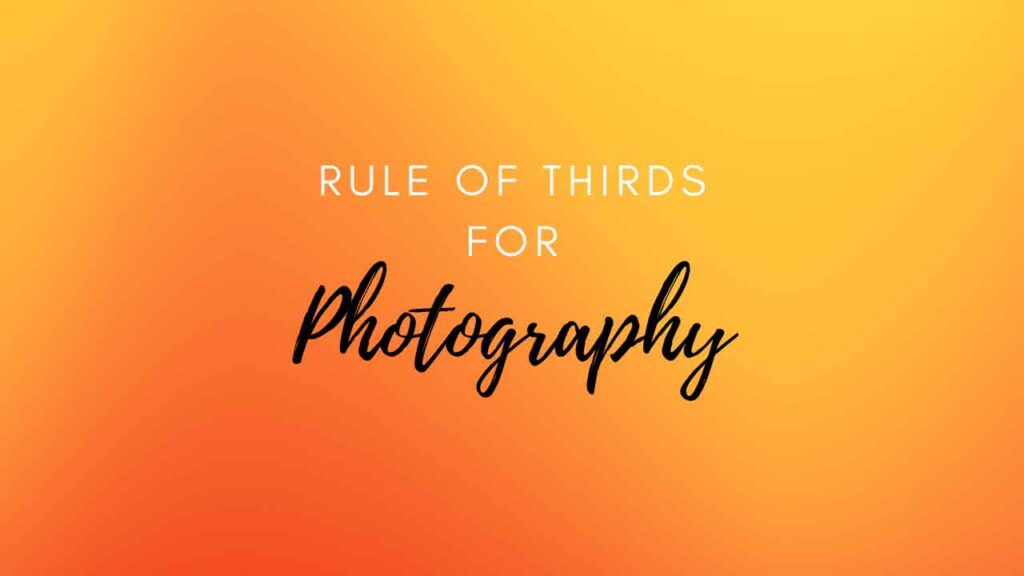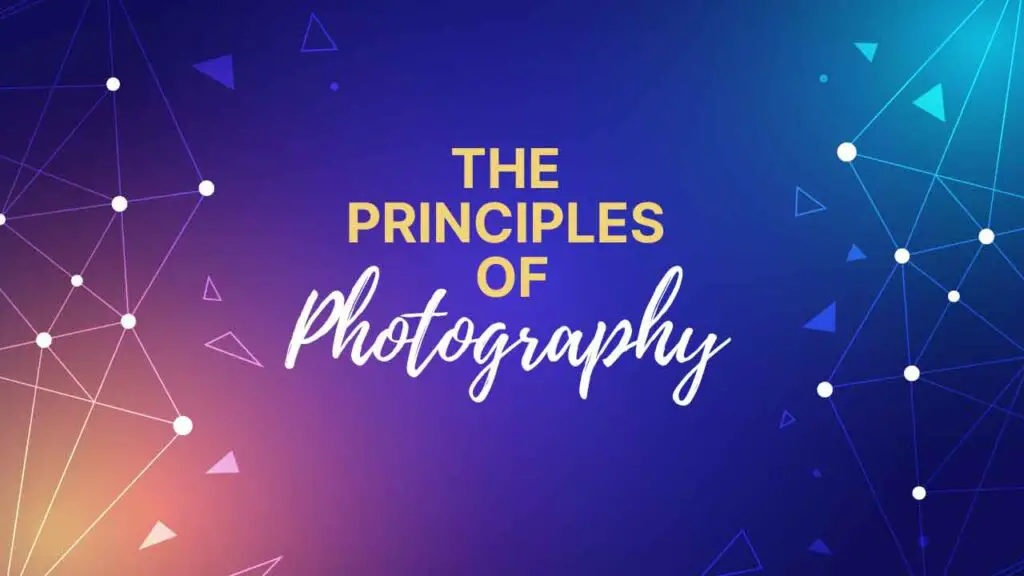THIS ARTICLE MAY CONTAIN AFFILIATE MARKETING LINKS! IN CASE YOU MAKE A PURCHASE THROUGH ONE OF THE LINKS, WE'LL GET A SMALL COMMISSION. WITH NO EXTRA CHARGES TO YOU. THANKS!!
The illusion of light can be produced by artists using a variety of tonal values and colors. The hue or color’s potential lightness or darkness is determined by the value. So the question arises what is value in photography? Let’s take a look,
Table of Contents
What is Value in Photography?
Values are easier to comprehend when they are represented as a scale or gradient going from dark to light. The contrast of an image decreases with the number of tonal variations. A low-contrast image can also be produced by combining shades of comparable value. Fewer tonal values are present in high contrast photographs, which contrast with stronger hues like black and white. The value determines how texture and light look in works of art. Despite the fact that paintings and pictures rarely physically glow, the appearance of light and dark can be created by manipulating the value.
How to Assess Photography’s Value?
Tones are divided into blacks, shadows, mid-tones, highlights, and whites in photography. The darkest and lightest areas of your photo without any depth or texture are black and pure white. The dark, detailed, and textured sections of your shot are called the shadow areas. Highlights are vivid regions with texture and detail. The middle tones are known as mid-tones.
A histogram represents tonal values. In a histogram, the darker tones are placed on the left side while the lighter tones are placed on the right side. The higher peak in the histogram indicates that more of that tone is present in the scene. Clipping masks in Lightroom are fully black and pure white. These are the indicators of the extremes in the tonal values. Most photographers avoid using extreme tones. However, you must decide whether or not to include them or not.
Exposure Value
Middle grey, is the tonal value that light meters and cameras utilize. It helps in determining the proper exposure of a scene. It is equivalent to an 18% grey card. Each zone corresponds to about one stop of light. When you add +1 exposure compensation to your camera, the tonal value shifts from Zone V to Zone VI. You can also make a lighter image by adjusting the shutter speed, aperture, or ISO.
Color Value
Whether the light has a hue or not, it has value. However, without the added dimension of color, tones are often easier to see. Histograms in Lightroom and Photoshop are able to produce and display the tonal range for the colors red, green, and blue. The colors in many photographs follow a similar pattern. However, one color may have a very distinct tonal value in comparison to the others.
Colors are used in the Zone System. But the true blacks and whites lose color value as well as texture Darker colors, such as navy, dark browns, and greens can be found in Zone III. Zone VII contains the lightest color tones, such as white sand or clouds.
A color wheel shows us how colors relate to one another. On the color wheel, contrasting colors are opposite each other. Colors that complement each other (complimentary colors) are placed next to each other. The color wheel in Lightroom’s Color Grading panel reminds us that color has a lightness value as well. The lighter shades are in the center of the circle, while the darker shades are on the outside edge. When you change similar-valued colors to black and white, you get similar shades of grey.
When creating a black and white image, change the value of certain colors. This provides contrast. Consider the following example. The first is a straightforward Lightroom conversion. To do so, select Photo > Develop Settings > Convert to Black and White from the Photo drop-down menu. To add emphasis, darken the greens and lighten the yellows in the image.
Contrast levels (high and low)
The contrast in your image explains how the light is distributed. Tonal values in high-contrast images are varied. Low contrast photographs use a small range of tones. The type of contrast you use has an impact on how the image feels. Images with high contrast are bold and dynamic. Images with low contrast are more tranquil and enigmatic.
